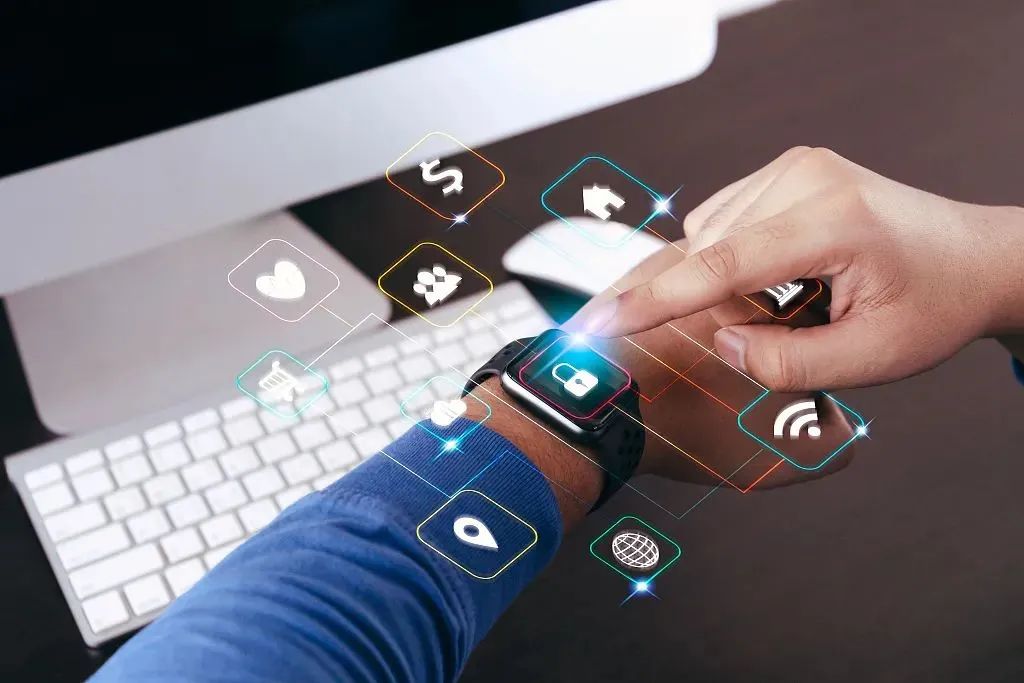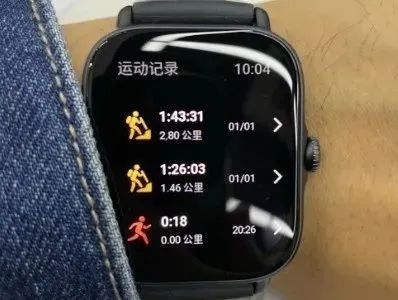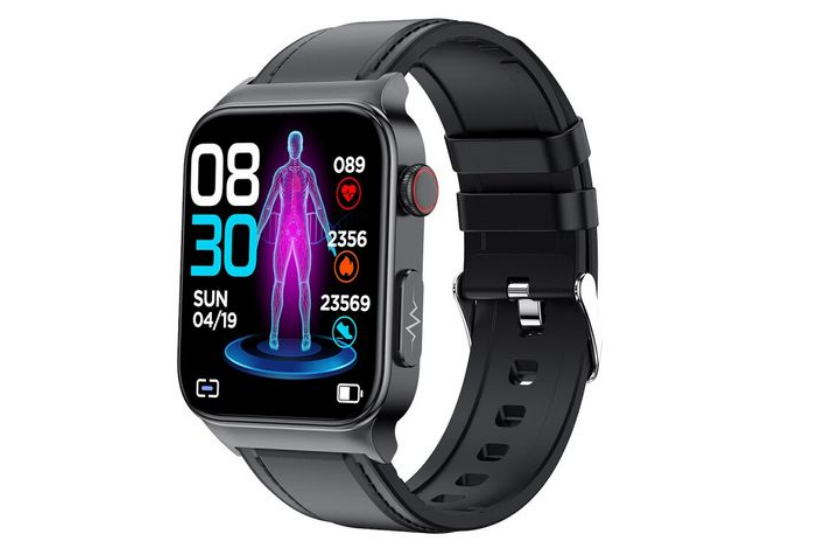
In recent years, with the advancements in artificial intelligence, big data, and other technologies, the smart wearable industry has developed rapidly. At the same time, the alignment between smart wearable devices and user needs has also improved quickly, not only enhancing user experience but also giving rise to more application scenarios.
As a portable smart wearable device, smartwatches have played an increasingly important role in people’s lives. The introduction of artificial intelligence technology has provided smartwatches with richer and more accurate health data analysis capabilities.
Today, let’s explore what artificial intelligence technologies are used in smartwatches and how these technologies are applied in health monitoring!



1. What AI Technologies Are Used in Smartwatches?


1. Voice Recognition Technology:
Utilizing built-in microphones and voice recognition technology, it recognizes users’ natural language commands and performs corresponding operations. Users can simply talk to the watch instead of using the touchscreen or buttons.

2. Natural Language Processing Technology:
Smartwatches are equipped with natural language processing technology, enabling them to understand and interpret users’ language intentions. They can provide relevant information, suggestions, or perform specific tasks based on users’ questions and needs. Through natural language processing technology, smartwatches can communicate better with users and provide personalized services.

3. Health Monitoring Technology:
Monitoring users’ health conditions such as heart rate, blood pressure, sleep quality, etc. It collects and analyzes users’ physiological data in real-time through built-in sensors and algorithms, providing relevant health advice and reminders.

4. Gesture Recognition Technology:
Some smartwatches also feature gesture recognition technology, which can recognize users’ gestures and intentions. Through gesture recognition, users can control the watch’s functions with simple gestures, such as swiping, tapping, or rotating, providing a more convenient and flexible way to interact with the smartwatch beyond the touchscreen.

2. Applications of AI Technologies in Smartwatch Health Monitoring




1. Vital Sign Monitoring:
The sensors and artificial intelligence algorithms equipped in smartwatches can monitor users’ heart rate, blood pressure, electrocardiogram, and other vital signs in real-time. By analyzing this data, AI can detect anomalies and alert users, such as risks of heart disease or high blood pressure, helping users to discover issues early and make necessary adjustments and treatments.

2. Sleep Monitoring and Improvement:
Smartwatches use built-in accelerometers and light sensors, combined with artificial intelligence technology, to accurately monitor and analyze users’ sleep cycles, depth, and quality. By identifying changes in sleep stages and assessing sleep quality, AI provides relevant suggestions and optimization plans to help users improve their sleep habits and enhance sleep quality, thereby increasing the body’s self-healing ability and improving mental state.

3. Exercise Monitoring and Guidance:
Smartwatches utilize built-in motion sensors and GPS technology to record users’ exercise data, such as step count, distance, and calories burned. With the data analysis and learning capabilities of artificial intelligence, the watch can generate intelligent fitness plans and guidance based on users’ individual conditions, helping users set reasonable exercise goals, provide exercise tips, and give real-time reminders and feedback during workouts to improve exercise effectiveness and reduce risks.


4. Health Data Management:
Smartwatches connect with smartphones or cloud platforms to transmit and store users’ health data. With the data analysis and mining capabilities of artificial intelligence, the watch can conduct in-depth analysis and trend forecasting of users’ health data, such as weight management and blood sugar level control, providing personalized health advice and guidance, helping users better understand their health status and prevent chronic diseases.


3. How Do Smartwatches Provide Reliable Health Advice?
Primarily by utilizing artificial intelligence technology to collect and analyze vast amounts of personal health data, such as medical history, vital sign monitoring data, genomic information, etc., AI can provide personalized health advice based on individual conditions and needs.
For example, based on medical history and symptom information, AI systems can offer diagnosis and treatment suggestions. Combined with machine learning and natural language processing technologies, smart assistants can answer users’ health questions, provide reasonable dietary advice and exercise plans, and even help users manage mental health.
In personalized health monitoring, rapid advancements in sensor technology allow people to easily monitor various biological indicators and lifestyle habits, such as heart rate, sleep quality, daily activities, etc. With the help of artificial intelligence, this data can be collected, analyzed, and interpreted in real-time. Based on big data and machine learning algorithms, AI systems can understand individual patterns and habits, identify potential health risks, and provide personalized monitoring prompts and alerts.

END
Author: Li Yi (Shenzhen University)
References:
[1] Lin Yue, Jia Guoying, Sun Junwei, et al. Research on the Design of a Smartwatch [J]. Science and Technology Innovation, 2023(14):49-51. DOI:10.15913/j.cnki.kjycx.2023.14.014.
[2] Gao Jingjing, Wang Zihan, Zhang Tianran, et al. Design and Research on Smart Medical Watches for Hospitals and Nursing Homes [J]. Computer Knowledge and Technology, 2022, 18(06):85-86. DOI:10.14004/j.cnki.ckt.2022.0294.
[3] Ye Zi. Industrial Design of Smart Wearable Medical Watches [J]. Electronic Production, 2020(12):39-41. DOI:10.16589/j.cnki.cn11-3571/tn.2020.12.014.
[4] Zhang Liang. Design of a Pulse Testing Watch Based on Microcontroller [J]. Computer and Digital Engineering, 2018, 46(03):609-613.
[5] Zhang Tian. Discussion on Smart Medical Devices [J]. Science and Technology Vision, 2016(27):24-25. DOI:10.19694/j.cnki.issn2095-2457.2016.27.013.
[6] Wang Jingjing. Design of an IoT-Based Smart Medical Watch [D]. Qufu Normal University, 2016.
